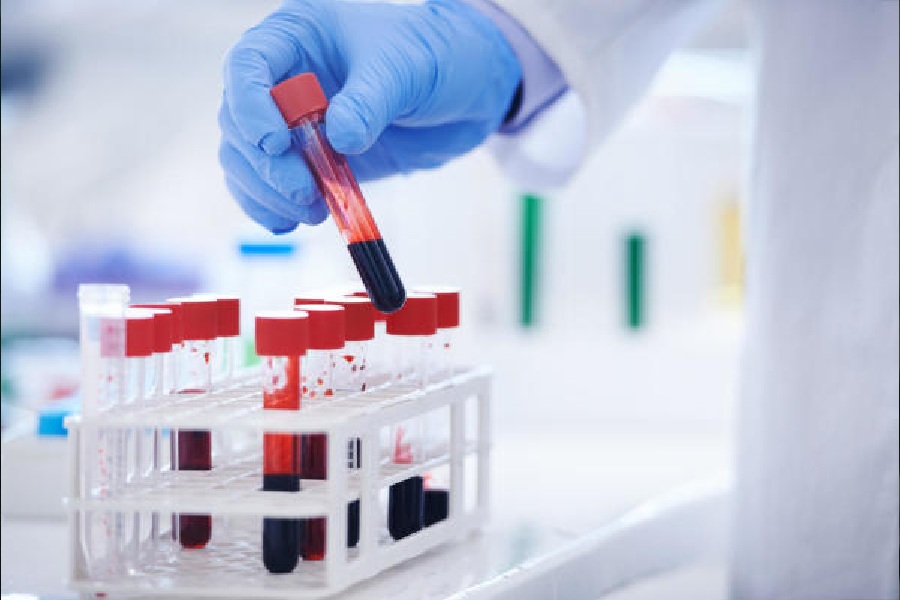A simple blood test could help doctors identify women in labour who are at risk for a condition called preeclampsia, a major cause of maternal death, and initiate steps to prevent its complications, researchers have said.
The researchers in the US have determined that the ratio of two proteins in blood could predict a woman’s risk of developing preeclampsia, a serious disorder marked by high blood pressure that typically emerges after the 20th week of pregnancy.
About 5 to 10 per cent of pregnancies can be complicated by preeclampsia which, if not detected and treated early, could lead to complications ranging from post-partum bleeding and liver failure or kidney failure in the mother to fetal distress, preterm birth or stillbirth.
Obstetricians say preeclampsia is a public health problem in both developing and developed countries, although studies suggest that the incidence of preeclampsia is seven times higher in developing countries than in developed countries. Late detection of preeclampsia contributes to maternal mortality.
Now, researchers have found that the ratio of two proteins — fibrinogen and albumin — in the blood is associated with the risk of preeclampsia. Women who had a high fibrinogen-to-albumin ratio (FAR) were more likely to develop preeclampsia than those with a lower FAR.
Their study based on the records of 2,629 women who gave birth between 2018 and 2024 found the predicted likelihood of developing preeclampsia at 24 per cent for women whose FAR was 0.1 but 41 per cent when the FAR was above 0.3.
“Our study shows FAR can be a predictive tool that gives anesthesiologists and obstetricians a new method to assess a labouring mom’s risk of developing preeclampsia,” Lucy Shang, the study’s lead author and a student at the Icahn School of Medicine at Mount Sinai, New York.
The study’s findings were set to be presented at the scientific conference of the American Society of Anaesthesiologists in Philadelphia on Saturday.
“While FAR has been (earlier) associated with other inflammatory conditions, its specific application to preeclampsia or preeclampsia with severe symptoms has not been reported in a group (of women) this large and racially diverse,” Shang said in a media release.
FAR is currently not routinely used to assess risk of preeclampsia, said Poonam Goyal, an obstetrician-gynaecologist in New Delhi and chairperson of the safe motherhood committee of the Federation of Obstetric and Gynaecological Societies of India, who was not associated with the US study.
“We currently use uterine artery Doppler ultrasound and other tests, but it would help if a simple FAR test could be validated as a reliable additional tool,” Goyal, who is also a governing council member of the Indian College of Obstetrics and Gynaecology, FOGSI’s academic wing, told The Telegraph.
Fibrinogen is involved in blood clotting and inflammation, while albumin helps maintain fluid balance and ferries enzymes and hormones through the body. There is no universally-established normal value for FAR that can range from 0.05 to 1 or higher. But doctors often observe high FAR values in people with infections or inflammation and FAR is used to evaluate conditions such as cardiovascular diseases or inflammatory bowel disease.
Shang said more research would be needed to determine the exact range of FAR that should be viewed as potentially concerning for women in labour. She said: “It would be helpful to incorporate FAR into routine prenatal care as a predictive tool for early identification of preeclampsia.”
Among the 2,629 women whose records Shang and her colleagues analysed, 1,819 did not have preeclampsia, 584 had preeclampsia with mild symptoms with a blood pressure of 140/90 mm Hg or higher, and 226 had preeclampsia with severe symptoms, including blood pressure of 160/100 mm Hg or higher.










